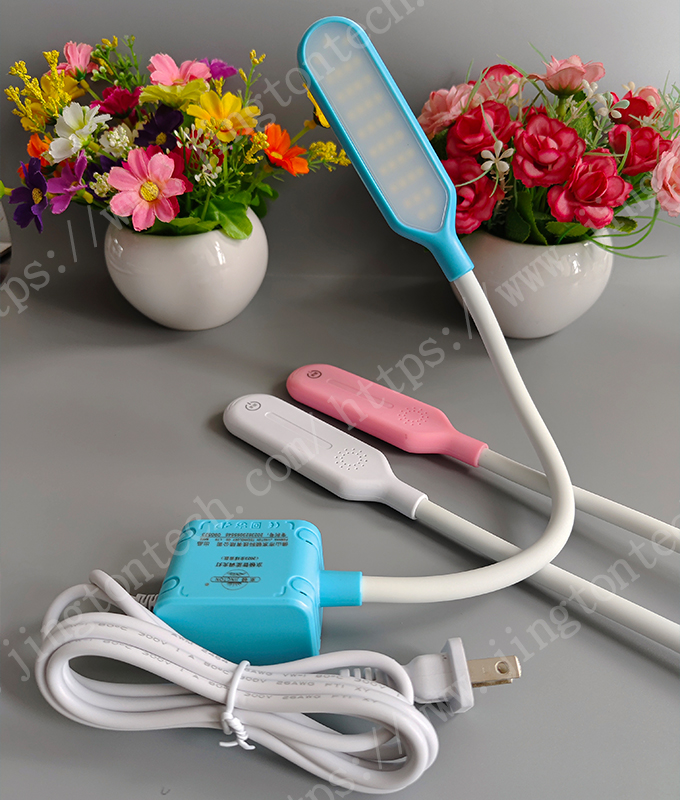Industrial sewing light is an essential component in modern manufacturing environments, providing the necessary illumination for precision work in sewing factories and workshops. This specialized lighting ensures that workers can see fine details clearly, reducing errors and enhancing productivity. As industries continue to evolve, the role of industrial sewing light becomes even more critical in maintaining high standards of quality and efficiency.
The Importance of Industrial Sewing Light in Manufacturing
Industrial sewing light plays a pivotal role in the textile and apparel sectors by offering bright, focused illumination that minimizes eye strain for operators. These lights are designed to be adjustable and energy-efficient, allowing for optimal visibility during long hours of operation. By illuminating the workspace effectively, industrial sewing light helps in identifying thread issues, fabric alignments, and stitch accuracies, which are crucial for producing high-quality garments. Its integration into sewing machines and assembly lines has become standard, as it directly impacts the speed and accuracy of production processes.
Key Features and Technological Advances
Modern industrial sewing lights come equipped with advanced features such as LED technology, which provides longer lifespan and lower energy consumption compared to traditional bulbs. These lights often include dimming options and directional beams to suit different sewing tasks, from heavy-duty upholstery to delicate fashion items. Industrial sewing light is also built to withstand the rigors of a factory setting, with durable materials that resist vibrations and heat. Innovations in this area have led to smarter lighting systems that can be controlled via apps or integrated with automated machinery, further streamlining operations. This evolution not only improves worker safety but also contributes to sustainable practices by reducing electricity usage.
Selecting and Maintaining Industrial Sewing Light
When choosing an industrial sewing light, factors such as brightness levels, color temperature, and mounting options should be considered to match specific workplace needs. For instance, a cooler light might be preferable for detailed work to enhance contrast, while warmer tones could be better for general tasks. Proper maintenance of industrial sewing light involves regular cleaning to remove dust and lint, which can accumulate and diminish performance. Replacing bulbs or components promptly ensures consistent lighting, preventing downtime in production. By investing in quality industrial sewing light and adhering to maintenance routines, businesses can extend the longevity of their equipment and maintain a competitive edge.
Benefits for Workers and Businesses
The advantages of using industrial sewing light extend beyond immediate visibility improvements. For workers, it means a more comfortable working environment that can reduce fatigue and potential health issues related to poor lighting. Businesses benefit from increased output and fewer defects, which translate to cost savings and better customer satisfaction. As the demand for customized and high-quality products grows, industrial sewing light supports the flexibility needed in modern manufacturing. Overall, this tool is indispensable for anyone involved in the sewing industry, fostering innovation and efficiency in an ever-changing market.



